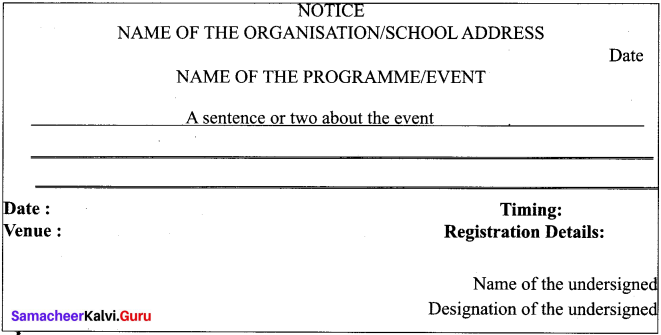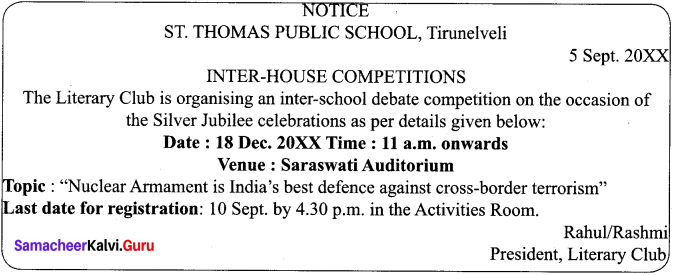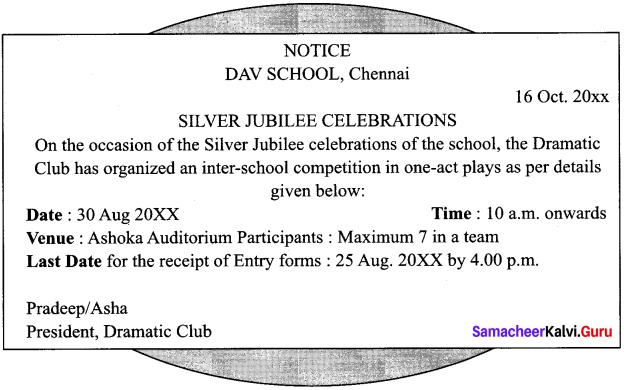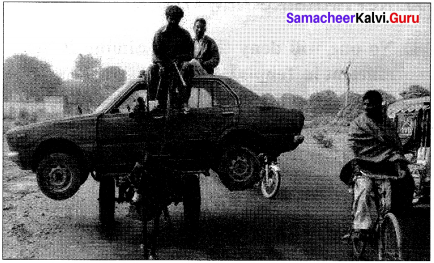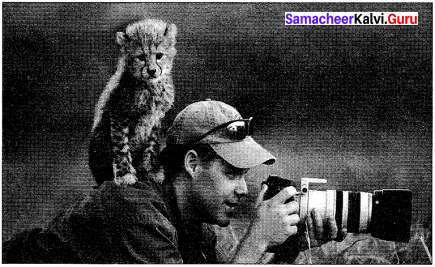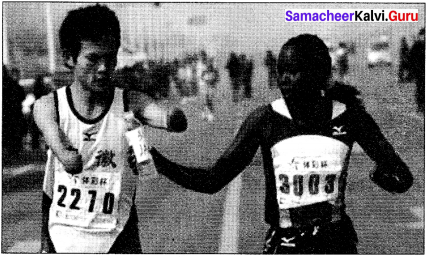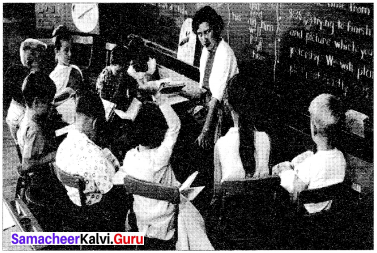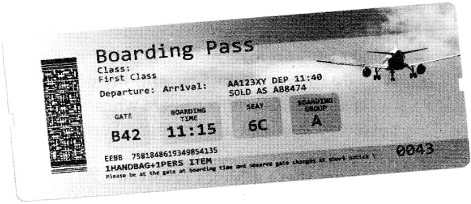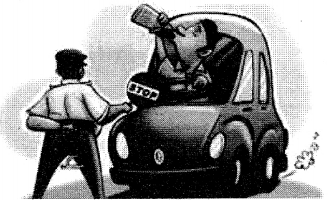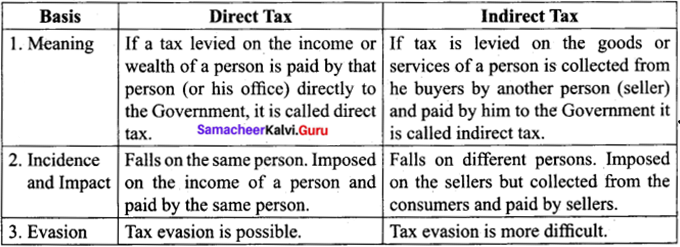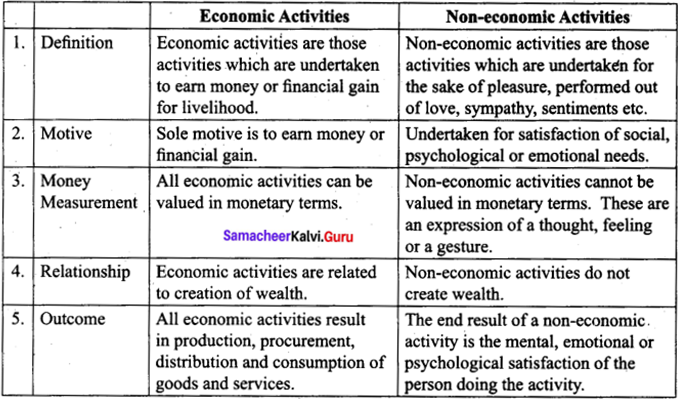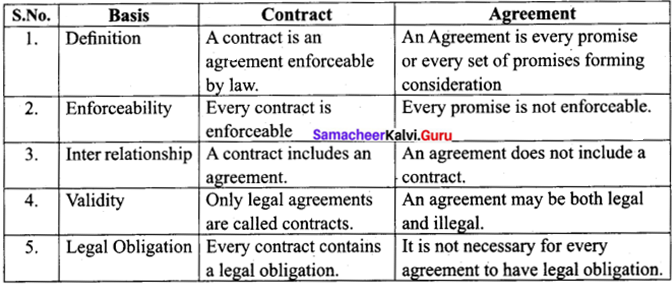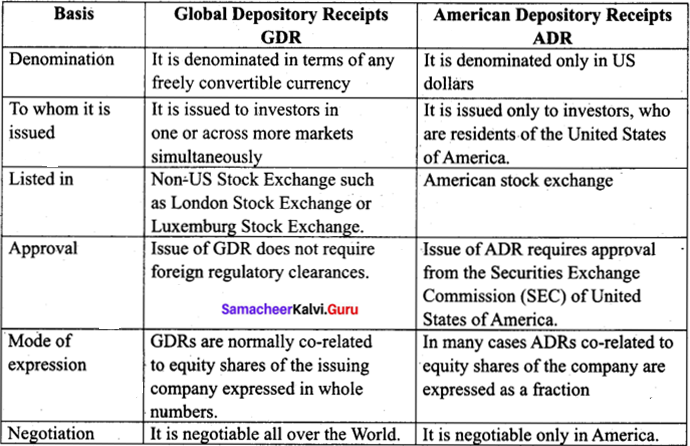Looking to improve English skills and gain more subject knowledge then the best resources that you can use here is Samacheer Kalvi 10th English Solutions for Grammar Conditional Clause Questions and Answers.
In the Samacheer Kalvi 10th English Guide for textbook solutions, subject experts covered all types of questions and answers related to the topics, quick notes, summary, solved & unsolved exercises, etc. If you are planning to prepare Chapter via textbook, then you’re suggested to go with this Samacheer Kalvi 10th English Book Solutions Questions and Answers PDF for better understanding and preparation.
Tamilnadu Samacheer Kalvi 10th English Grammar Conditional Clause
English Subject experts who are having max years of experience prepared this Tamilnadu State Board Solutions for 10th English Grammar Conditional Clause Questions and Answers. They have explained all the topics covered in the board prescribed latest syllabus in a simple way to understand easily. So, students can prepare English from this Samacheer Kalvi 10th English Book Questions and Answers PDF. Download the Tamilnadu State Board 10th English Workbook Answers PDF by accessing the below links and learn properly for the final exams to score well.
Definition of a conditional clause
A conditional clause is a type of subordinate clause, most commonly introduced by the conjunction ‘if’ or ‘unless’. Like most subordinate clauses introduced by a conjunction, the conditional clause can either go before the main clause, or after it.
Example:
If I have enough money (conditional clause), I will go to Japan (main clause).
First, Second, and Third Conditional
- First conditional: If I have enough money, I will go to Japan.
- Second conditional: If I had enough money, I would go to Japan.
- Third conditional: If I had, had enough money, I would have gone to Japan.
Learn the following structures and learn the verbs:
1. If you study well,
(simple present)
you will get centum
(simple future)
2. If you studied well,
(simple past)
you would get centum
(future past form)
3. If you had studied well,
(past perfect)
you would have got centum
(future perfect – past form)
As per the aforesaid structures do the following exercises:
1. He wants to pass the test. He has to work harder.
If he wants to pass the test, he has to work harder.
2. You may meet her. Then please ask her to come over here.
If you will meet him, ask her to come over here.
3. We should work hard. Then we will get good marks.
If we work hard, we will get good marks.
4. Obey the rules. Otherwise, you will be punished.
If you do not obey the rules, you will be punished.
5. You have to invite him. He will come.
If you invite him, he will come.
6. I don’t know her email so I can’t send her an invitation
If I knew her email, I could send her an invitation.
7. You waste drinking water now. There will be scarcity of potable water in future.
If you waste drinking water now, there will be scarcity of potable water in future.
8. I was busy so I didn’t have enough time to go to the departmental store.
If I hadn’t been so busy, I would have had enough time to go to the departmental store.
9. Shalini didn’t play tennis because she had broken her leg.
If Shalini hadn’t broken her leg she would have played tennis.
10. I’d like to buy a new bike but I haven’t got enough money.
If I had enough money I would buy a new bike.
Fill in the conditional clause appropriately
1. If you run fast, you ……………………… (catch) the train.
2. If I won a lottery, I ……………………… (buy) a house.
3. I ……………………… (tell) you if I knew the answer.
4. If I were rich, I ……………………… (open) a school for the poor.
5. If he ……………………… (left) early, he might have caught the train.
6. If he ……………………… (inform) me, I would have received him at the railway station.
9. If you ……………………… (meet) him, tell him to come here.
10. If only he ……………………… (remember) to post that letter, I would have received it on time.
Answer:
1. might catch
2. would buy
3. would tell
4. would open
5. had left
6. had informed
7. can take
8. must work
9. should meet
10. had remembered
We hope the data given here will benefit you to the fullest extent at the time of preparation. For better understanding of English subject this Samacheer Kalvi 10th English Answers for Class 10th English Grammar Conditional Clause PDF is the best resource. Download & ace up your preparation. Keep in touch with us and get the latest information on Tamilnadu State board Textbook Answers PDF.
